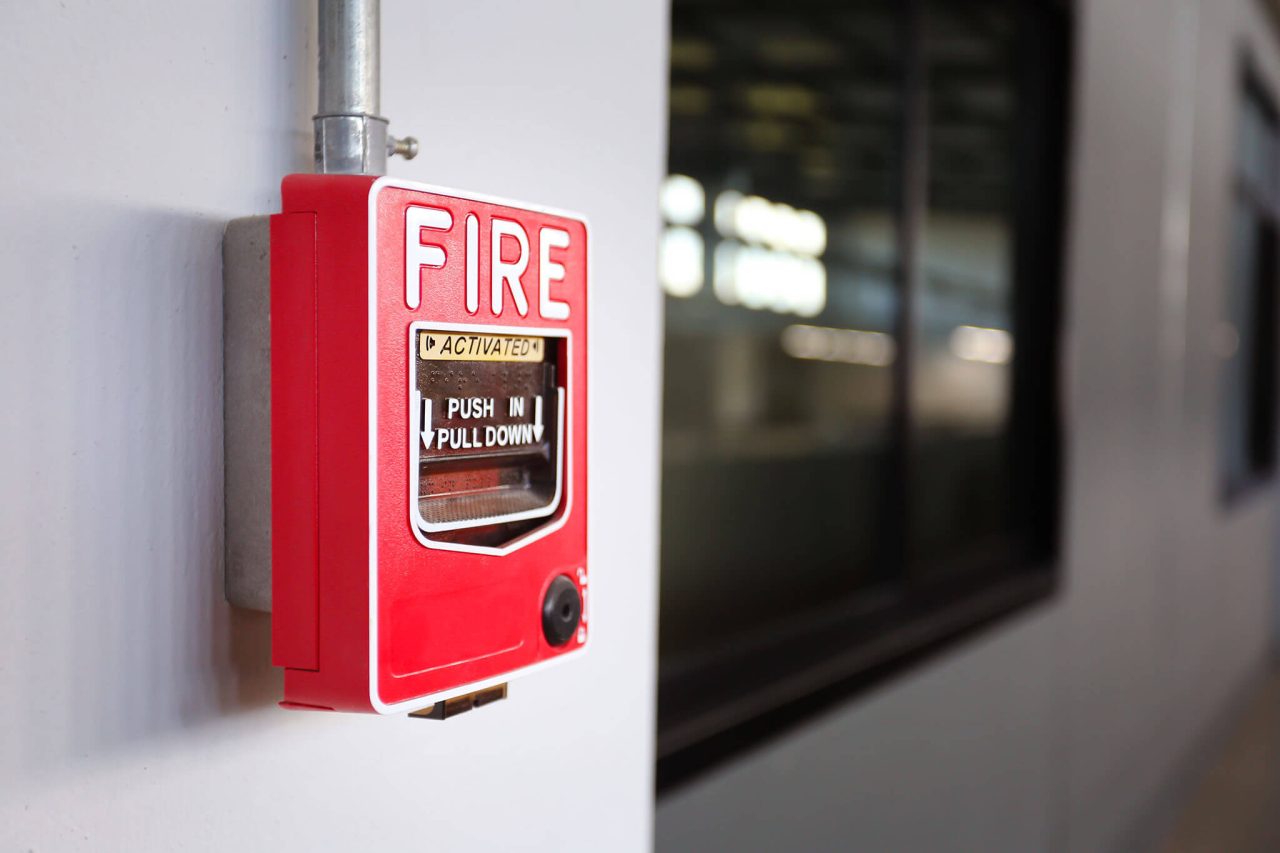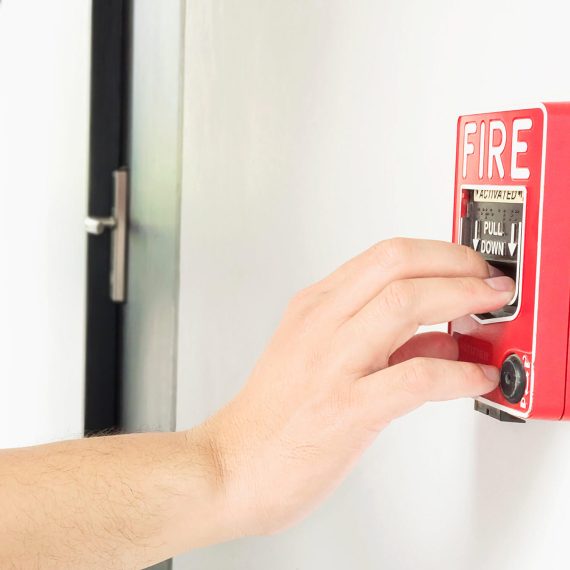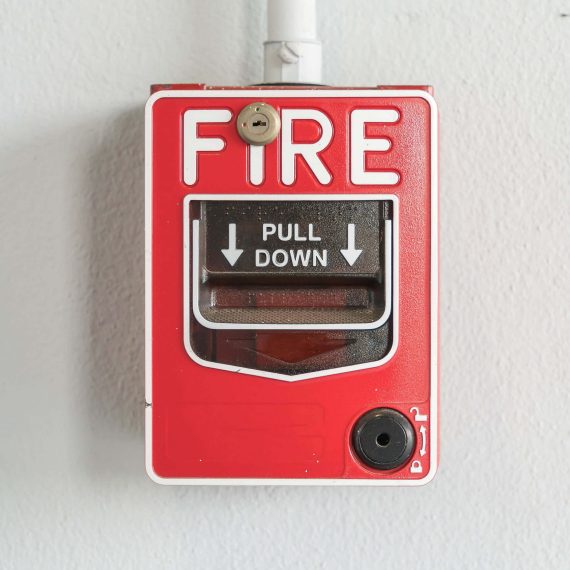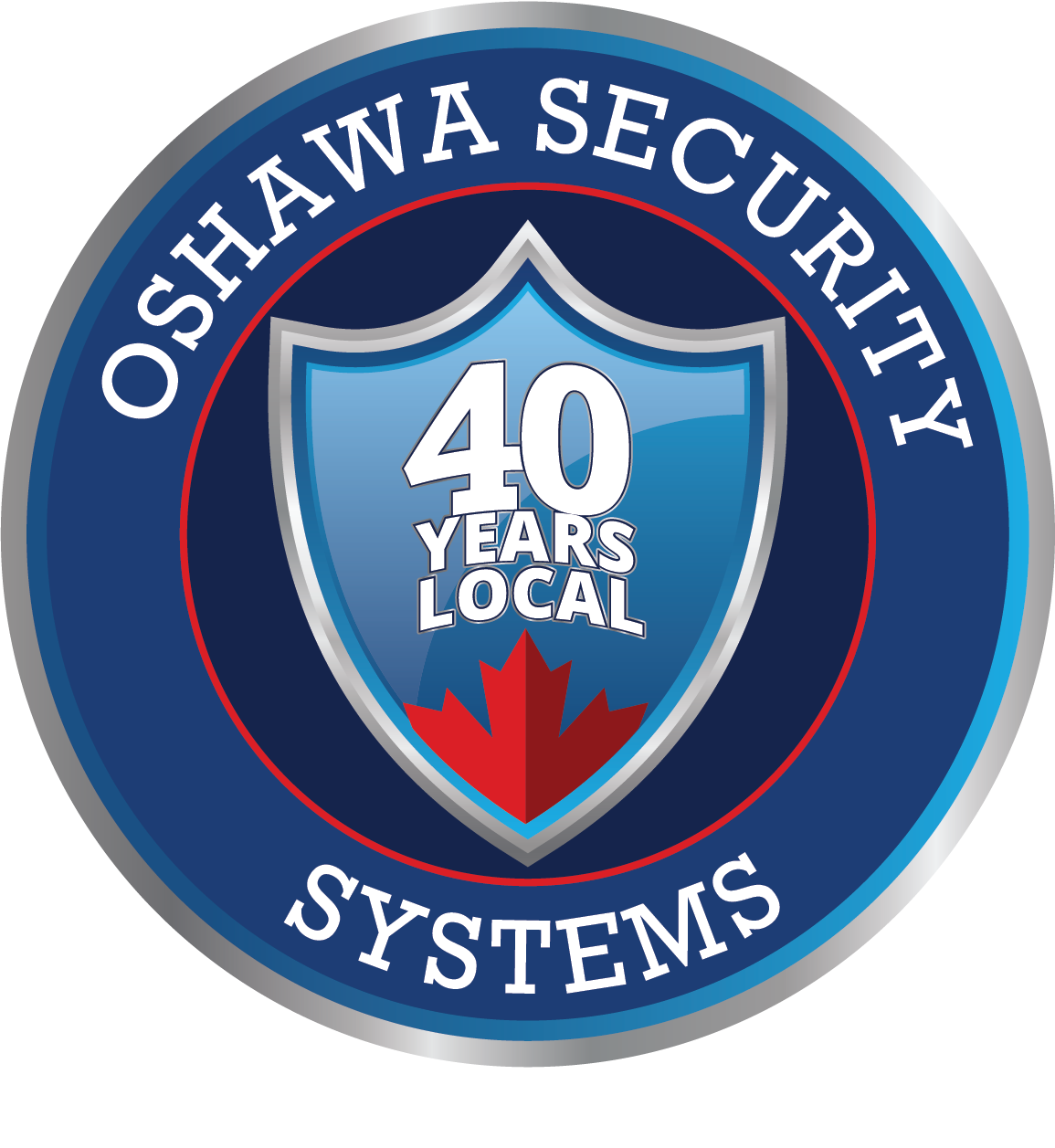How to Invest in The Best Security System
Meeting the Requirements For Fire Protection
We design fully compliant fire protection systems that integrate advanced detection—from smoke and heat to carbon monoxide and beam detectors—ensuring no threat goes unseen. Your property will be protected, inspected, and certified to meet all Ontario Fire Code and NFPA standards for complete peace of mind.

The Fire Alarm Assessment done Onsight
A professional on-site fire alarm assessment is a systematic process designed to evaluate the system's readiness, compliance, and functionality. Here’s how it’s typically performed:
Phase 1: Pre-Assessment Review
Before arriving, the technician reviews the building's floor plans, the existing fire alarm system design, and previous inspection reports to understand the scope and requirements.
Phase 2: Physical Inspection & Component Check
The technician walks the entire property to visually inspect every component:
Detection Devices: Checking that smoke detectors, heat detectors, beam detectors, and manual pull stations are properly located, unobstructed, and show no signs of damage, contamination, or tampering.
Notification Appliances: Ensuring horns, strobes, and speakers are correctly placed, visible, and audible in all areas, including restrooms and occupied rooms.
Control Panel: Reviewing the Fire Alarm Control Panel (FACP) for any trouble signals, checking the power supply (primary and secondary battery), and verifying the system's log history for past events.
Phase 3: Functional Testing
This is the core of the assessment, verifying that the system operates as intended.
Alarm Initiation: Activating a representative sample of devices (e.g., triggering a smoke detector with simulated smoke, testing a manual pull station) to confirm the alarm signal is sent to the control panel.
Notification Check: Verifying that all alarms—audible and visual—activate correctly and are of sufficient volume and intensity throughout the building.
Communication Test: Confirming the system successfully transmits a signal to the central monitoring station (if equipped) and/or the fire department.
Secondary Function Check: Testing any interconnected systems, such as the unlocking of magnetic door holders, the shutdown of HVAC systems (smoke control), or the activation of a fire suppression system.
Phase 4: Compliance Verification
The technician compares the system's configuration and device placement against the current Ontario Fire Code and referenced standards like NFPA 72 to ensure full compliance.
Phase 5: Reporting & Recommendations
Finally, the technician provides a detailed report outlining:
The overall condition of the system.
Any deficiencies found (e.g., "2 smoke detectors found faulty in the west corridor").
A clear list of corrective actions required to bring the system into full compliance and operational readiness.
The result is a comprehensive understanding of your system's health and its ability to protect lives and property.



The Solution & Path to Compliance
Your Fire Safety Solution & Path to Compliance
Following our detailed on-site assessment, we have a clear roadmap to ensure your property is fully protected and compliant with the Ontario Fire Code and NFPA standards.
Our Recommended Solution
Based on the assessment, we will design and install a complete, integrated fire alarm system tailored to your building's specific layout and risks. The solution includes:
Advanced Detection Network: A strategic mix of photoelectric smoke detectors, heat detectors, and carbon monoxide detectors placed for maximum early warning.
Clear Audible & Visual Alarms: Horns and strobes certified to meet audibility and visibility levels in all areas, ensuring every occupant is alerted.
Modern Fire Alarm Control Panel (FACP): The central brain of your system, providing constant status updates, battery backup, and a direct digital communicator to alert the monitoring station and fire department.
Manual Pull Stations: Easily accessible and compliant manual call points at all required exits.
Integrated Life Safety Functions: Seamless connection to critical building systems like magnetic door holders and HVAC controls to contain smoke and fire.
Your Clear Path Forward to Installation
We make the process seamless and straightforward. Here are the next steps:
Step 1: Finalize System Design & Proposal Review
We will provide you with a detailed, fixed-price proposal and system layout for your final approval. This ensures you know the exact scope and cost with no surprises.
Step 2: Professional Installation & Integration
Our certified technicians will manage the entire installation with minimal disruption to your operations, including:
Precise mounting of all devices and wiring.
Integration with existing building systems (if applicable).
Professional and tidy workmanship throughout.
Step 3: Comprehensive Testing & Certification
Once installed, we will:
Perform a 100% functional test of every device and system integration.
Provide you with all necessary certification documentation proving compliance with the Ontario Fire Code.
Train your staff on basic system operation and what to do in the event of an alarm.
Step 4: Ongoing Support & Monitoring
Your protection continues after installation. We offer:
Optional 24/7 central station monitoring.
Scheduled inspection and maintenance programs to keep your system in peak condition for years to come.
Let's move forward with confidence. We are ready to schedule your installation and provide you with the peace of mind that comes with a fully certified and reliable fire alarm system.

